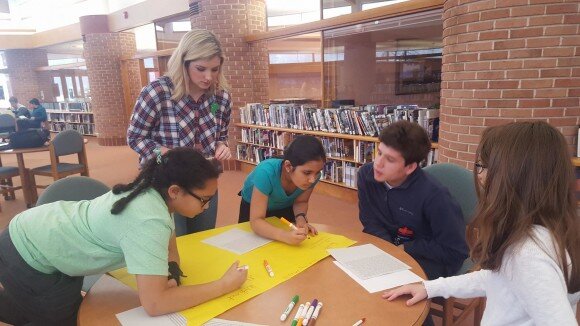One morning in mid-December 2016, while we were in New York City, Howard had the misfortune of suffering a sudden attack of “acute necrotizing pancreatitis.” A terrifying diagnosis. We’d never heard of this, and we don’t recommend it! Howard became very ill and remained so for five months.
Fortunately, the attack occurred just a few blocks from a major hospital, NYU’s Langgone Medical Center, where we went by ambulance. After one week of rest and expert care, Howard was past the acute stage, and we were able to return home to Cambridge. Howard then again received expert care at the Beth Israel Deaconess Medical Center over the next five months, largely at home but with frequent trips to the hospital’s advanced endoscopy suite. At the time of this writing Howard is back to health—or, as he likes to quip, “back to his old complaints.” And, as part of this recovery, he and his wife Ellen have drawn some broader lessons about medicine and about the professions in general.
Living in the Northeast of the United States, having excellent medical coverage, and access to a network of specialists, we could reasonably expect that Howard would receive first-rate care. And fortunately he did. But what impressed both of us was that the care transcended appropriate tests, procedures, and drugs. We had three physicians: Tyler Berzin, the gastroenterologist who healed Howard’s pancreas via five endoscopies; Dana Fugelso, the surgeon who removed his offending gallbladder; and Samuel Osher, our long time internist. All three not only remained in constant and close contact with one another, but they also maintained an ever deepening relationship to both of us over the period of illness and recovery. To unpack the metaphor of the title, they complemented the “yin” of medical expertise with the “yang” of personal attention and caring.
We can reasonably expect that, in the 21st century, in a major medical center, physicians will keep up with the latest findings and prescribe the appropriate treatments. But given the pressures of paperwork, the increasing regulation of almost every aspect of treatment, the demands of time and scheduling in a major metropolitan area with highly competitive specialty care, and seemingly unending national debates about health policy, it’s easy to see why the personal, caring, human dimension can be lost or largely attenuated. It’s tempting to assume that this personal dimension from the expert physicians can be supplied either by other personnel—residents, nurses, paraprofessionals, or clergy—or, less happily, by artificial means, such as robots programmed to be empathetic. Yin from the physician, yang from others, be they living or artificial.
What we experienced firsthand was something very different and quite wonderful. Nearly every day, we reported in person or via email to the three doctors, describing the symptoms that had emerged, the actions, if any, we had taken, and the questions that had arisen. We received immediate feedback, sometimes in the form of an email 30 minutes later, other times in the form of a phone call three minutes later. And not infrequently more than one of our three physicians responded. Several times when we had not emailed for a few days, Dr. Berzin called us just to check on how things were going. Unheard of! We were often scared and worried and anxious—because unexpected symptoms or technical snafus occurred—and the fact that we were in such close touch with our physicians was, if we may say so, psychologically life-saving.
The medical issues took center stage and appropriately so; but over the course of the several months, we came to know our three physicians as human beings with their own families and their own concerns— and they, in turn, learned about our own lives, struggles, and more positive developments as well. The yin of knowledgeable care was complemented, appropriately and quite lovingly, with the yang of personal contact, communication, and caring.
While the treatment was serious, there were also lighter moments. Asked how much “work” I could do, one doctor said, “Do what you feel comfortable doing.” A second doctor said, “Howard, Your health is first and foremost. Drop everything and rest!” When we pondered these contrasting bits of advice, and asked the third doctor, we received the response, “Perhaps you should split the difference.” And so we did.
One can appropriately ask, “What difference did the yang really make?”, or “Did it make enough of a difference to justify the possible neglect of other patients, or the invasion of the doctors’ personal time as they responded to emails even at the oddest of hours?” We posed this latter question to one of the physicians who replied, “My patients come first, and I am always here for them. This is not just a profession for me, it is a calling.” We wish that phrase were on the lips of every physician—indeed, of every professional; that’s the kind of world in which we—and presumably the readers of these words—would like to live. None of our physicians were “concierge” physicians, offering extra care to an elite for extra compensation. And while we may have benefited from having lived for a long time within a university community, we believe that these physicians offer five star treatment to all in their care.
As readers of this blog know, all of our professions are undergoing enormous disruptions, and many may not survive in a form that we would recognize. Indeed, in the future, much of the “expertise” of professions will be handled either by more easily-trained paraprofessionals or by computer programs that are at least as accurate, and perhaps more accurate, than the human beings that they are designed to replace.
But rather than replacing the professional, we are hopeful that we can maintain and bolster the more humane aspects of the professions—the personal knowledge, contact, understanding, and interpretive skills that one human being—or, in our fortunate case, three human beings—can provide to those who are in need of professional services, be they legal, medical, spiritual, educational, or work-related… and to concerned members of their families. The sense of a calling—that precious descriptor—is vital for the professional, those whom he or she serves, and the health (if we may) of the community. For those of us who care about the professions, we need to understand how such exemplary professionals came to the stance that they have voluntarily assumed, how they maintain those roles, and how best to inspire others not only to fill out those important check lists but also to regard their work as a calling.
Ellen Winner and Howard Gardner will happily celebrate their 35th wedding anniversary this year.







